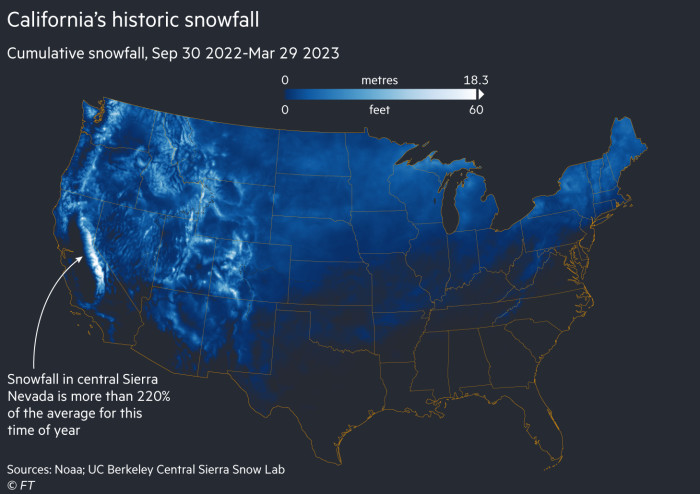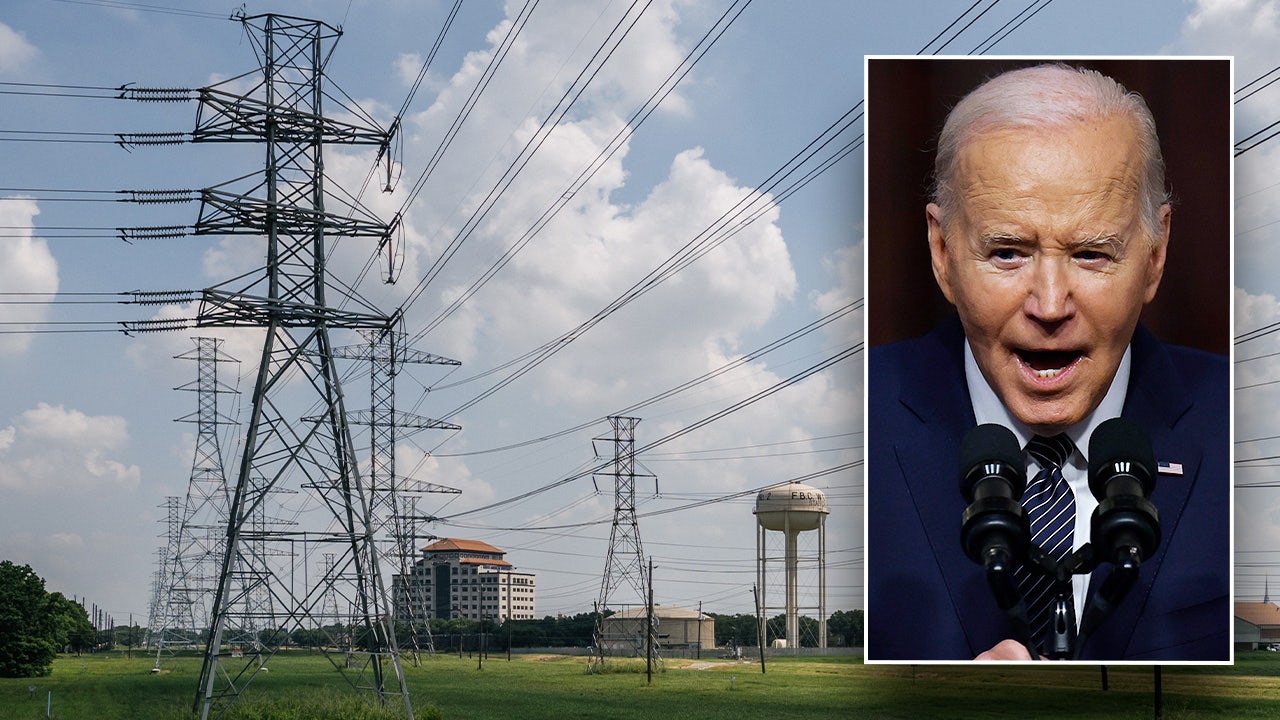TikTok’s Beijing-based owner ByteDance tightened its grip over its US operations over the past two years, according to company insiders, even as momentum to ban the short-video app grew in Washington.
The US government passed legislation this week aimed at forcing TikTok to divest from its parent or face a countrywide ban, but prising the viral video app from its $268bn parent company would present a formidable challenge.
More than two dozen current and former employees told the Financial Times that TikTok has only become more deeply interwoven with ByteDance as tensions over the app’s ownership escalated.
These people said that ByteDance staff, including senior managers, had been transferred to TikTok; workers based in the US who spoke Mandarin were favoured for their ability to co-ordinate with Chinese counterparts; and restructuring efforts had targeted US-based workers who did not meet exacting performance standards.
“There’s this sort of veneer or facade that these two companies are separate,” said Joël Carter, a former US ads policy manager who left in August 2023. “Really, they’re one and the same.”
Ten current and former employees said the number of Chinese staff had been increasing inside TikTok over the past two years, with ByteDance transferring workers from China to other global offices, including in the US.
This has included senior leaders. Last year, ByteDance moved Qing Lan from Douyin, its Chinese version of the short video app, to head up TikTok’s small and medium-sized business advertising arm in the US, an appointment first reported by the Wall Street Journal.
The insiders mostly spoke on condition of anonymity for fear of retaliation by the company, which can claw back bonuses and stock awards if staffers breach non-disparagement rules, according to documents seen by the FT.
These claims come after TikTok executives at one point insisted under oath that it was a “distributed” company with no official global headquarters. Its website suggests TikTok’s headquarters are in Los Angeles and Singapore, with no offices in China, and that decisions are not made in Beijing.
In a statement, TikTok said: “Like any global company, we have employees around the world and employees move around over the course of their career to meet business needs. This is neither a recent development, nor is it unique to TikTok.”
It added: “The premise and the statements in this story are flawed and based on anonymous sources who are spreading falsehoods in pursuit of a personal agenda. Any journalist would know this has failed the journalistic standard of putting forward actual facts.”
The company has vowed to mount a legal battle against the US legislation while the Chinese government has said it would oppose a sale.
Any divestment will be difficult. Documents from 2023 seen by the FT show ByteDance staff based in China on teams such as safety product operations reporting directly to US-based leaders and some global staff reporting directly to China-based bosses.
“They are overriding our local decisions [and] demoting American leadership,” said one current senior US employee.
Several US employees said colleagues who worked on product management and did not speak Mandarin said they were often at a disadvantage because the role required close co-ordination with engineers in China.
They added that this was not an issue for some roles such as advertising sales. Two current insiders said they had been told to prioritise hiring Chinese or Mandarin-speaking staff in the US.
Many US workers complained of long work hours and an opaque performance review system in which they allege leaders manipulate employees’ assessments in order to meet preset targets and facilitate restructurings.
The moves are in part because ByteDance executives believe that TikTok is not performing as effectively as its Chinese operations, suggesting American employees have a lower output than counterparts in China, according to one senior person familiar with the leadership’s thinking.
The push came as ByteDance was moving towards a blockbuster initial public offering, seeking to impress investors with TikTok’s explosive growth. TikTok hit a record $16bn in sales in the US in 2023, the FT reported last month.
But across congressional hearings, TikTok executives were grilled by US politicians who alleged that the Chinese Communist party could access the data of the app’s 170mn American users for espionage purposes under national intelligence laws, or proliferate propaganda or election interference.
In January, TikTok chief executive Shou Zi Chew insisted US user data had been moved “out of reach” from China to a firewalled cloud structure built in a $1.5bn partnership with Oracle, known as “Project Texas”.
Many current and former TikTok workers point to other instances, however, in which the company continues to take direction from ByteDance.
Basic processes such as signing off of music used for adverts or addressing technical glitches have required co-ordination with counterparts in China, several people said.
Policy and content moderation decisions have been a flashpoint. According to three former staff members familiar with the matter, TikTok’s trust and safety team has previously been at loggerheads with staff in China over content featuring the popular dance move twerking.
Chinese leaders have deemed twerking too sexually suggestive, demanding it be taken down or rendered harder to find, the people said, while their US counterparts have repeatedly pushed back.
TikTok said ByteDance staff in China were not involved in trust and safety decisions, which were handled out of the US and Ireland.
Internal systems — such as for staff to communicate, collaborate or access employment information — are hosted in China, TikTok insiders said. But they said the software could also track employee locations through their IP addresses and other biometric data.
The company has also had complaints that it is hostile to women and minorities and been hit by a number of discrimination-related lawsuits and complaints in recent months.
This includes one from Carter, who has alleged he was retaliated against by TikTok after complaining of racial discrimination in a filing with the US Equal Employment Opportunity Commission. TikTok has previously said that it takes “employee concerns very seriously, and [has] strong policies in place that prohibit discrimination, harassment, and retaliation in the workplace”.
In February, TikTok’s former global marketing head in the US Katie Puris alleged in a lawsuit she was fired because some company executives, including ByteDance chair Lidong Zhang, believed she “lacked the docility and meekness specifically required of female employees”. TikTok has not commented on the lawsuit.
There have been attempts to ease tensions. One document circulated among some TikTok staff last year suggests that “high power distance” — the acceptance of hierarchical power as part of society — is common in China. By contrast, “low power distance” — which asserts that inequality in society should be minimised — is common in the US and the UK, for example.
In sometimes broken English, the document urged employees to take these differences into account when working with people overseas and “try to show our sincerity by changing our own habits and balancing cultural values between us”.
Many remain unconvinced by such efforts. One recent TikTok staffer said: “There are jokes internally that, if you’ve stayed more than two years, you’ve stayed a lifetime.”
Additional reporting by Ryan McMorrow in Beijing

































